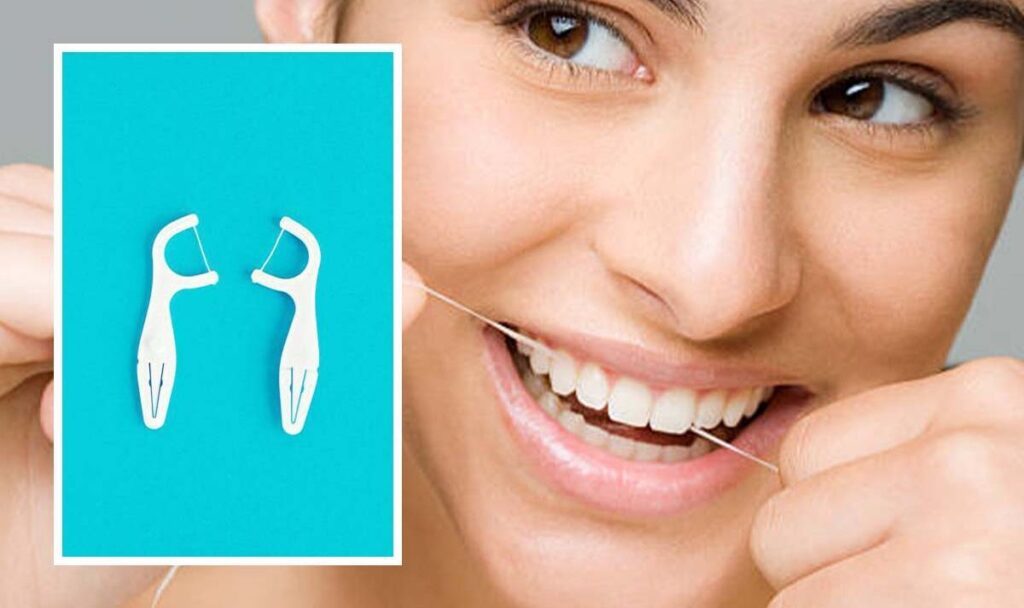Dr Uchenna added: “A toothbrush can’t get in between your teeth so ideally, you should floss every day but if a step too far then at least every other day.
“Floss, after brushing, use an electric toothbrush then floss to remove any debris left.”
The Dr said: “Bleeding after flossing means there is bacteria build-up still so don’t be afraid of the blood it means you actually need to brush and floss more. Any worries if it continues do contact your dentist for a check-up.”
The NHS says: “When you first start flossing, your gums may be tender and bleed a little. Carry on flossing your teeth as directed by your dental team and the bleeding should stop as your gums become healthier.”

